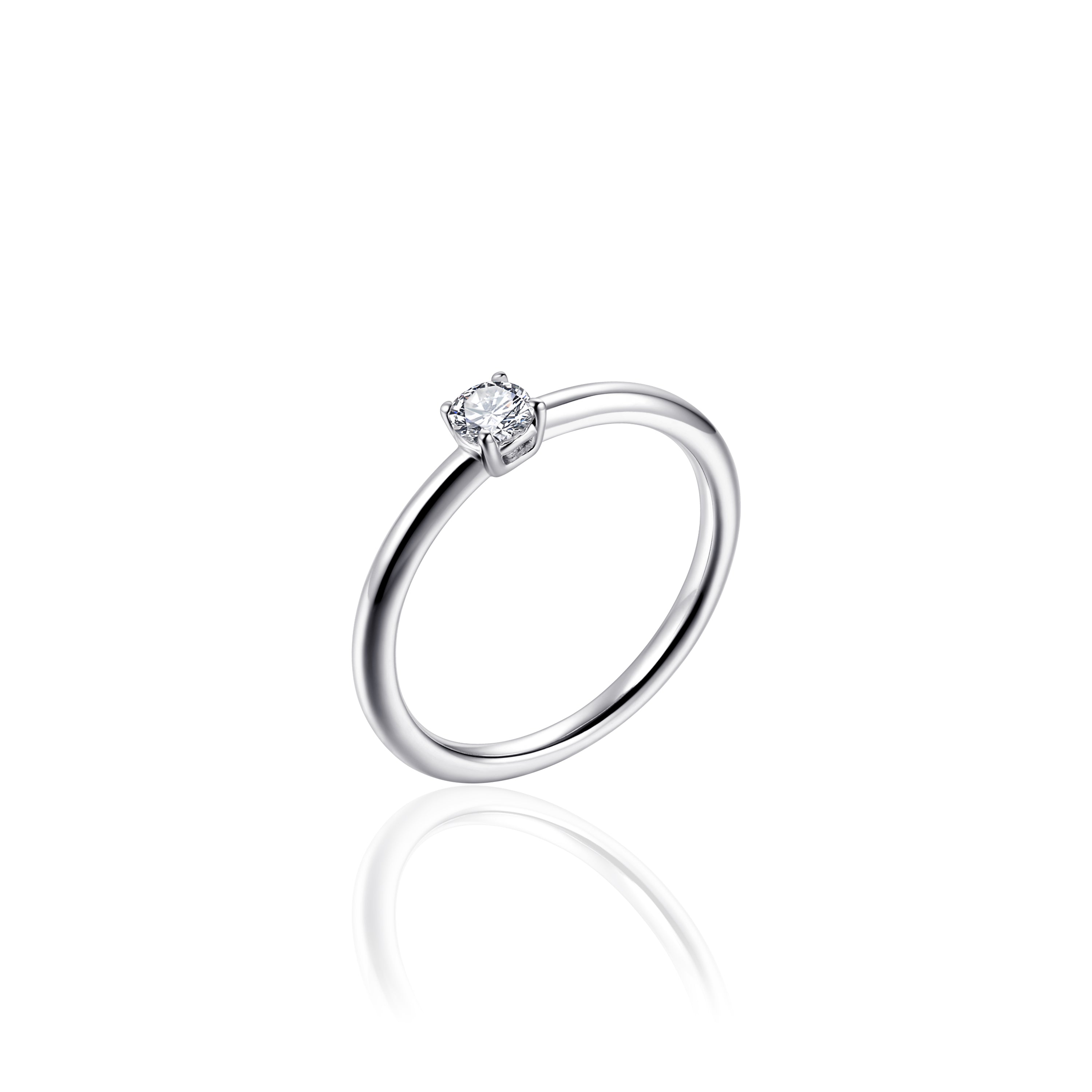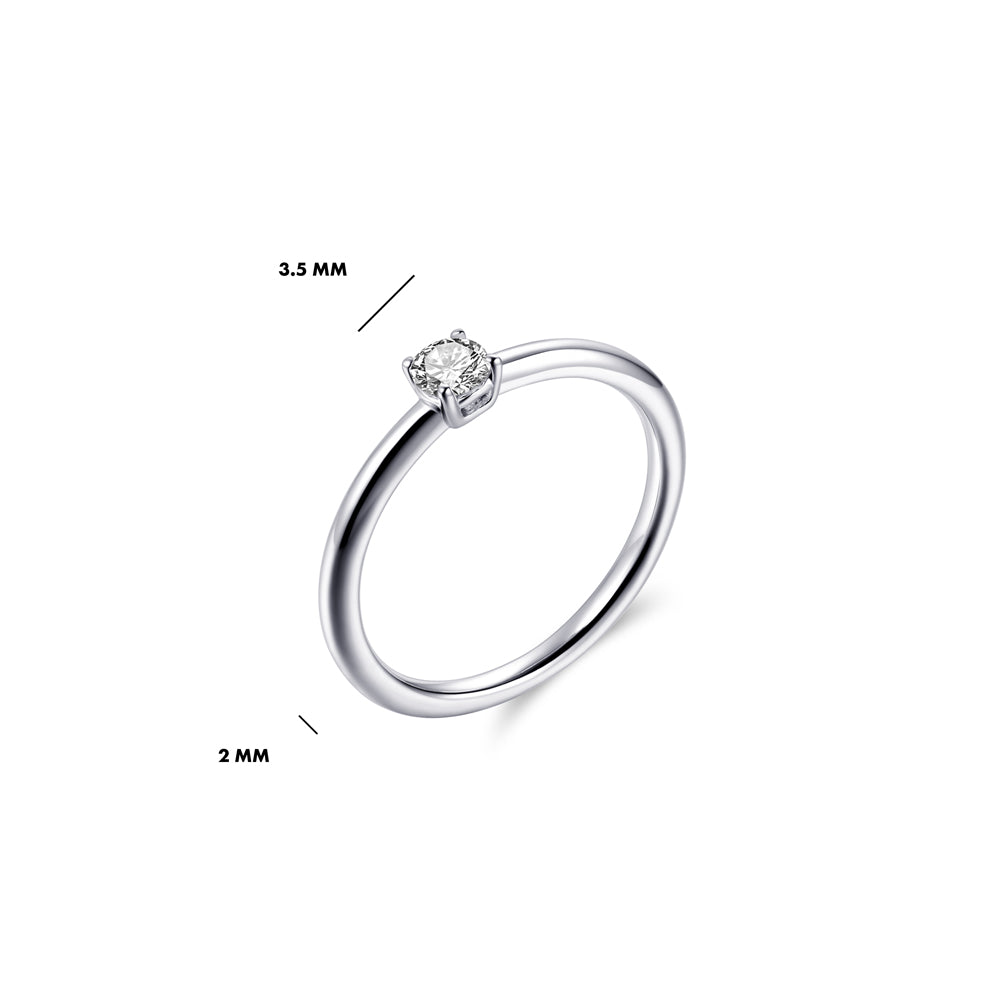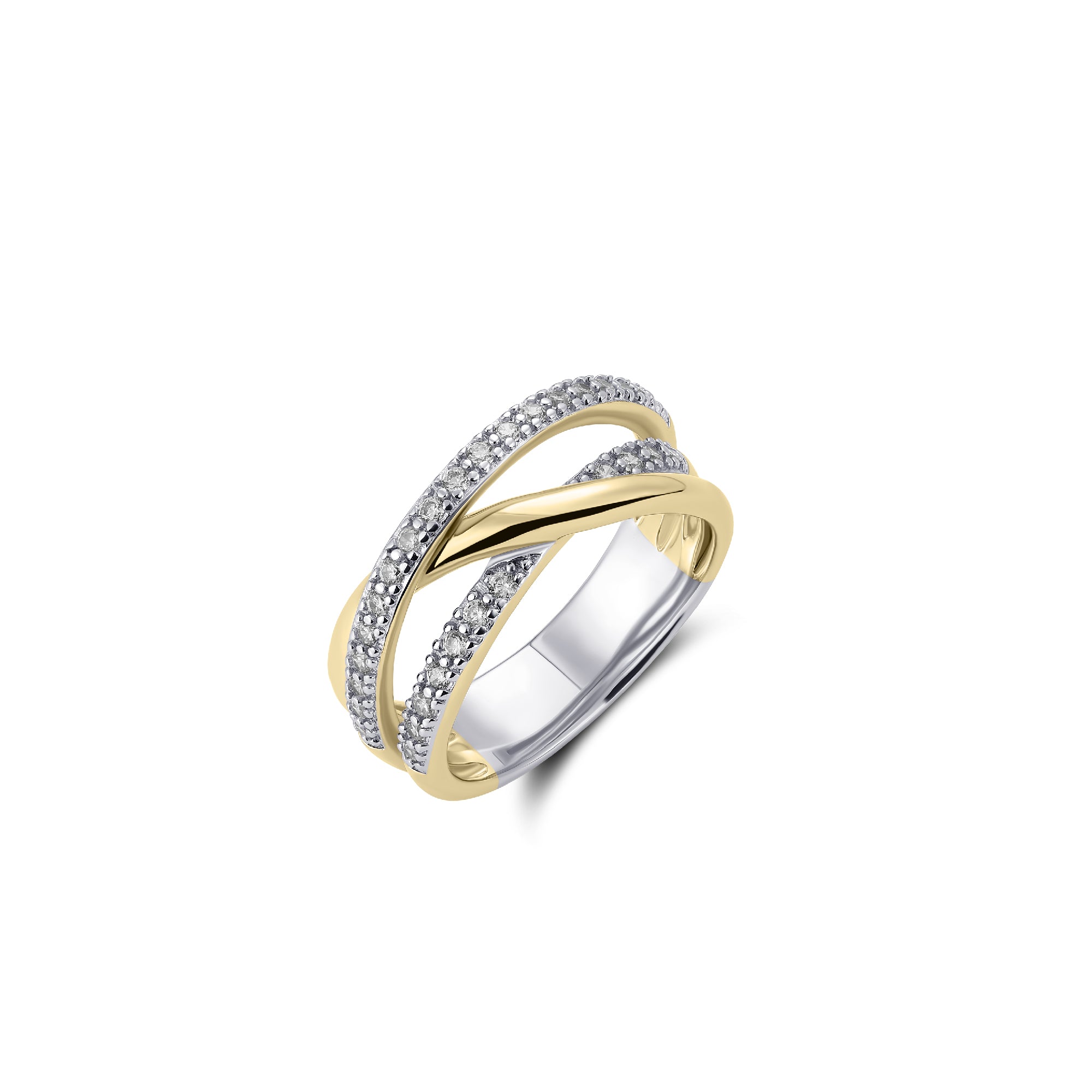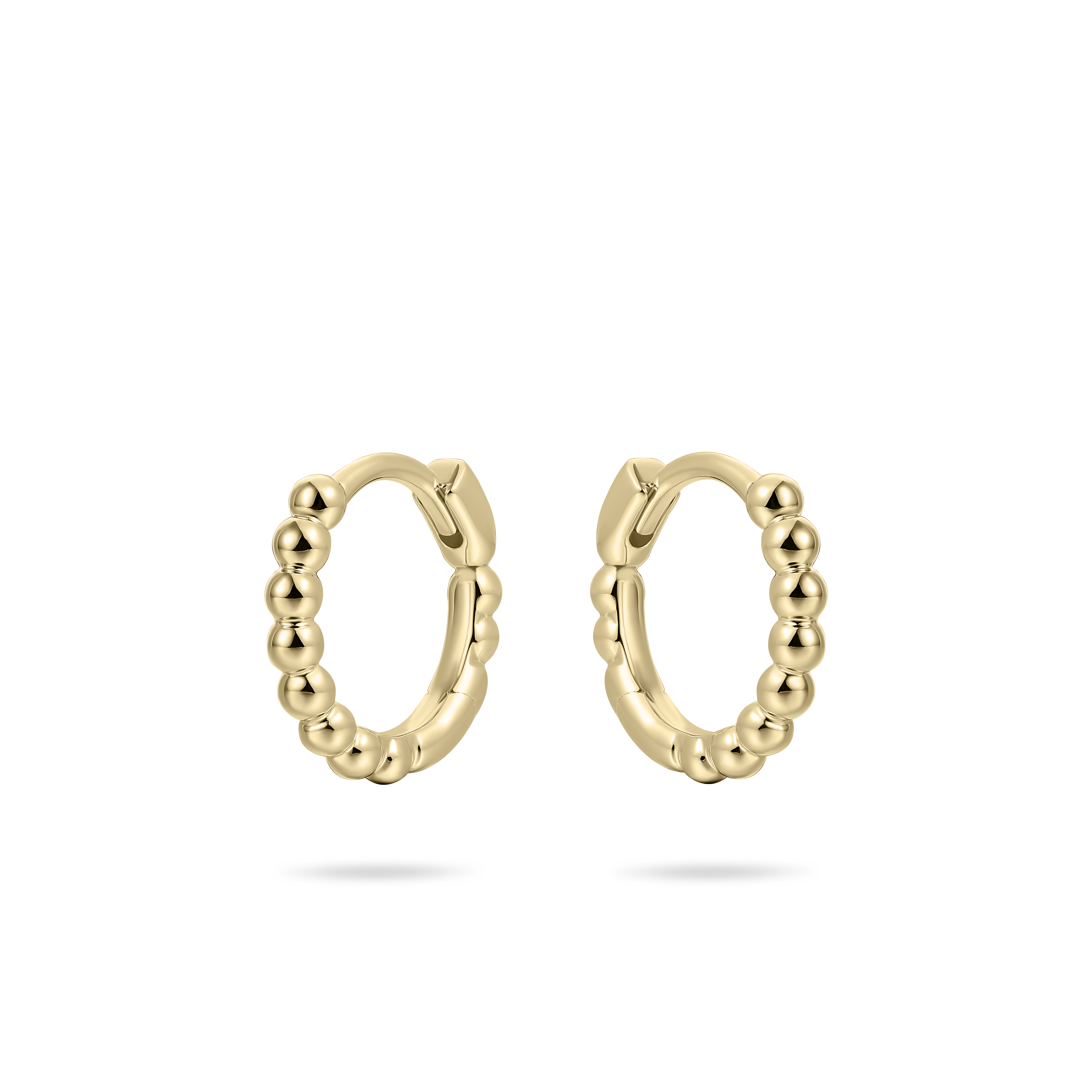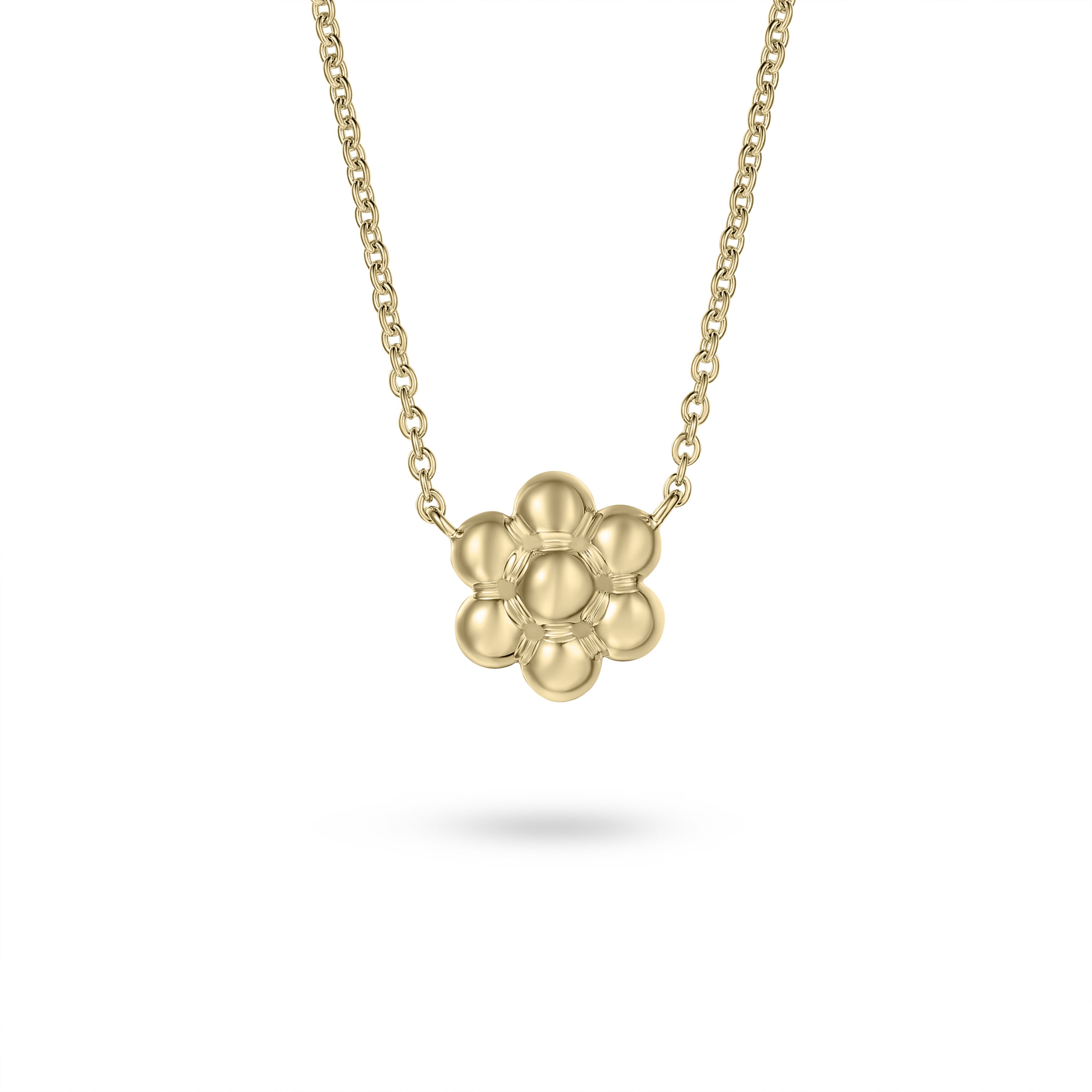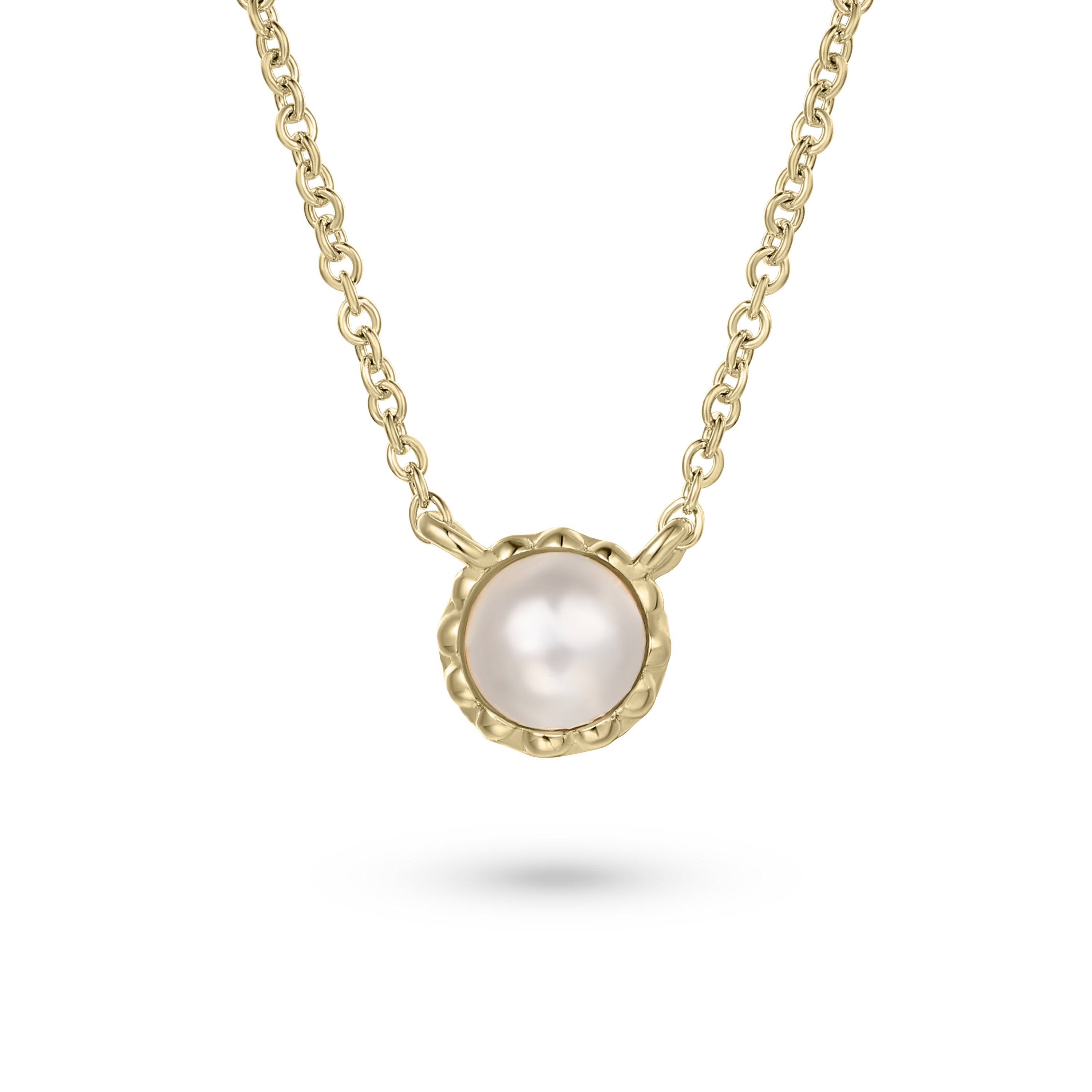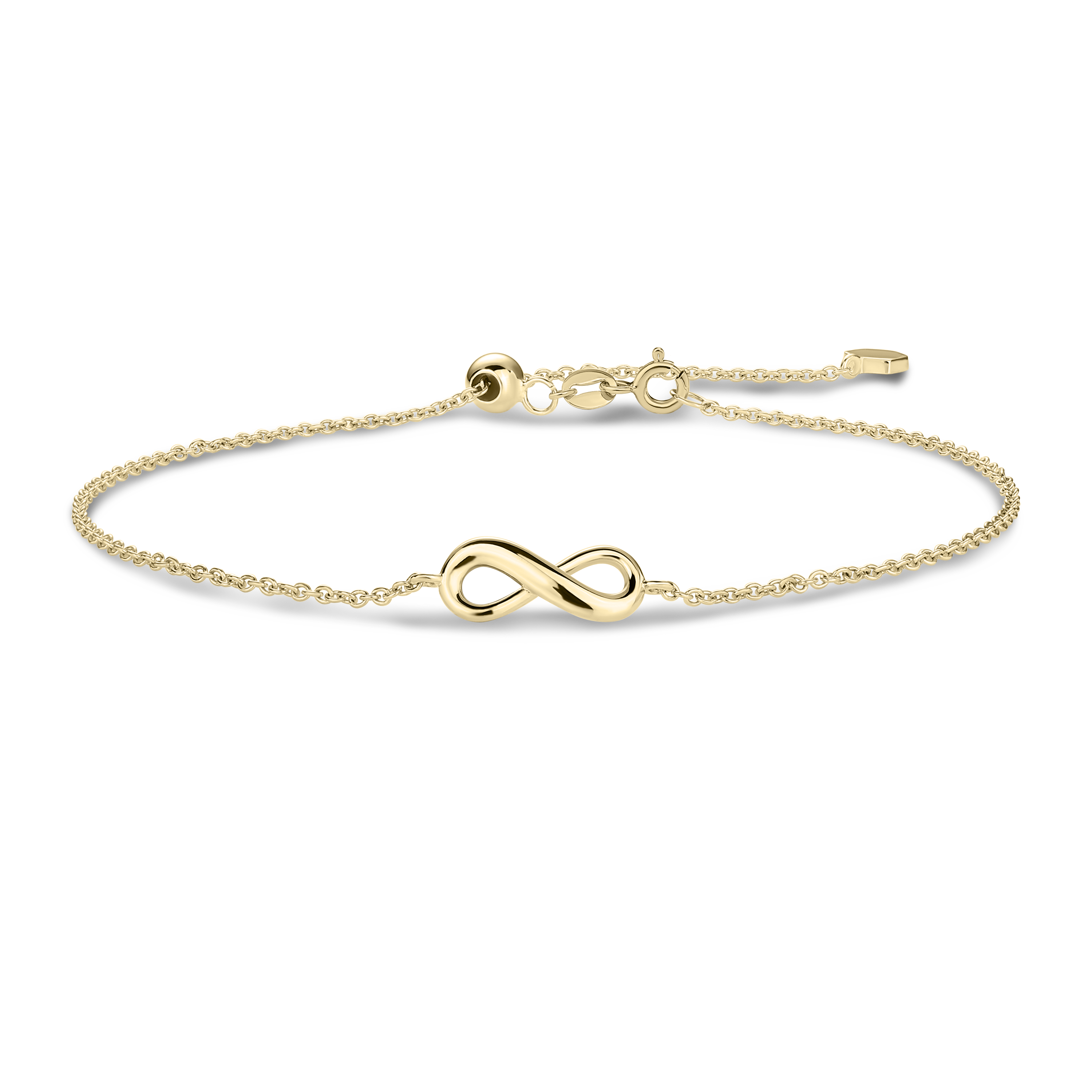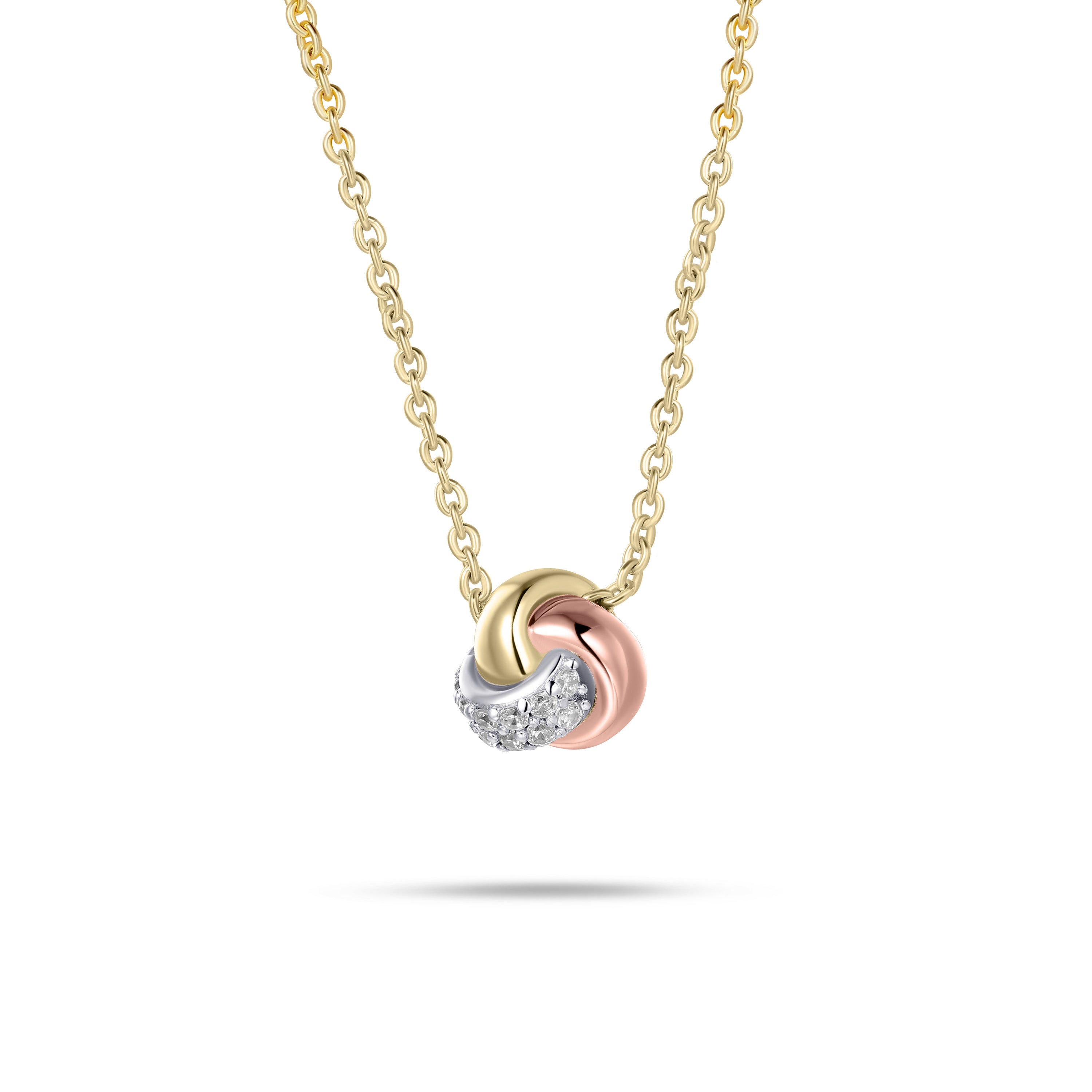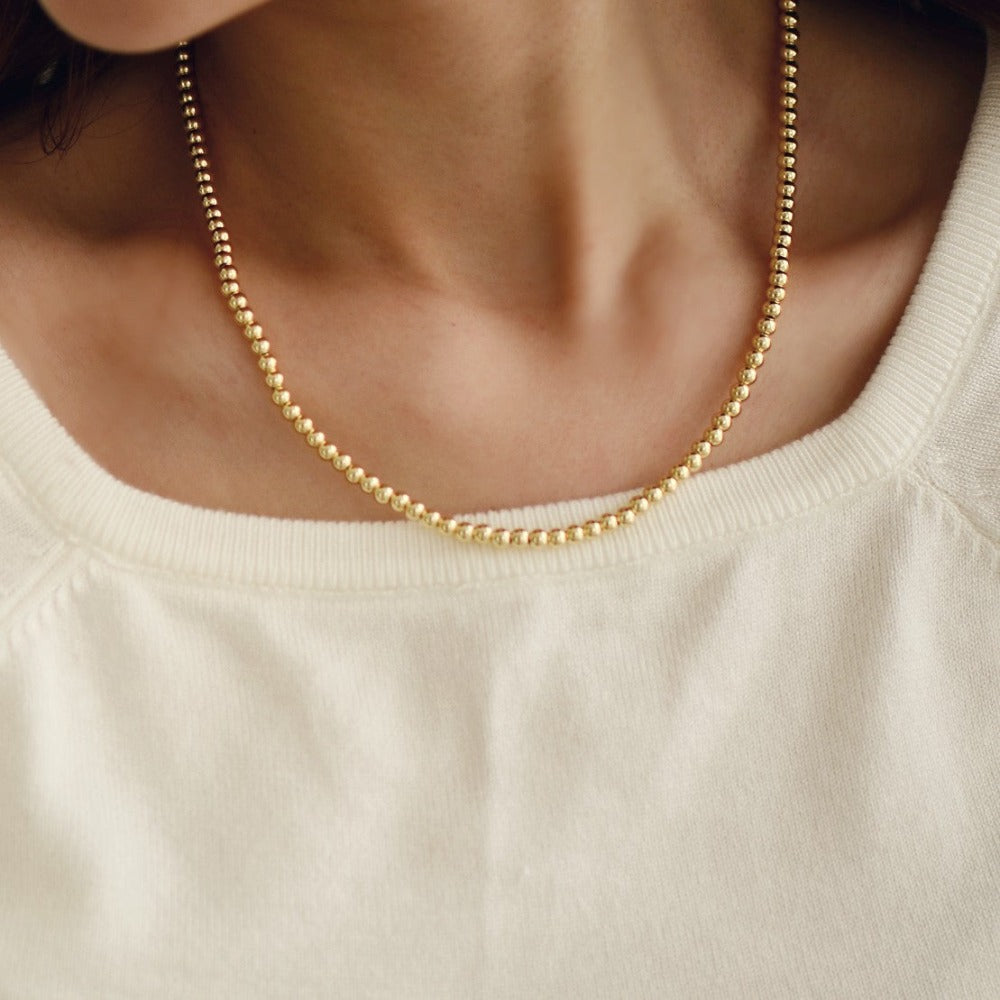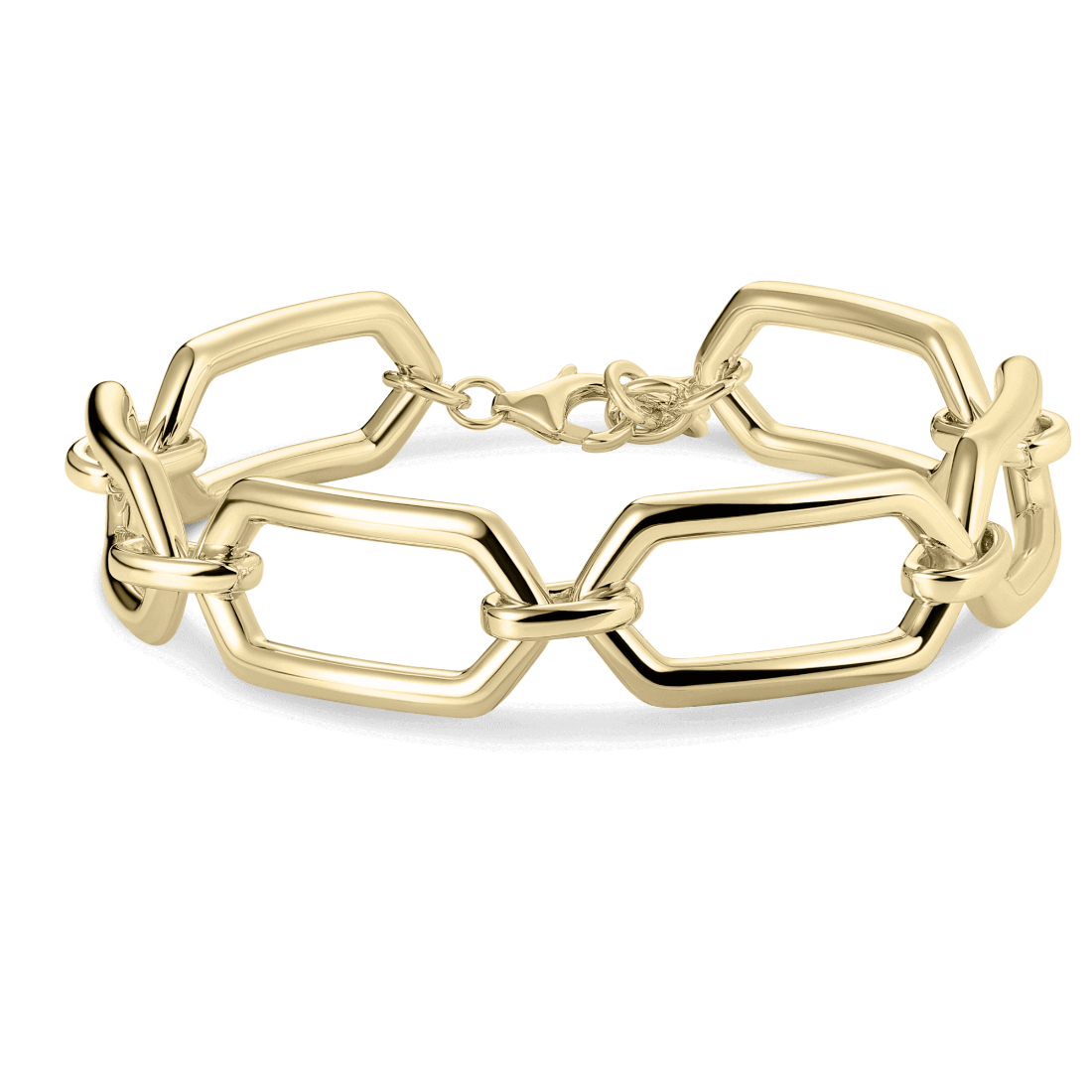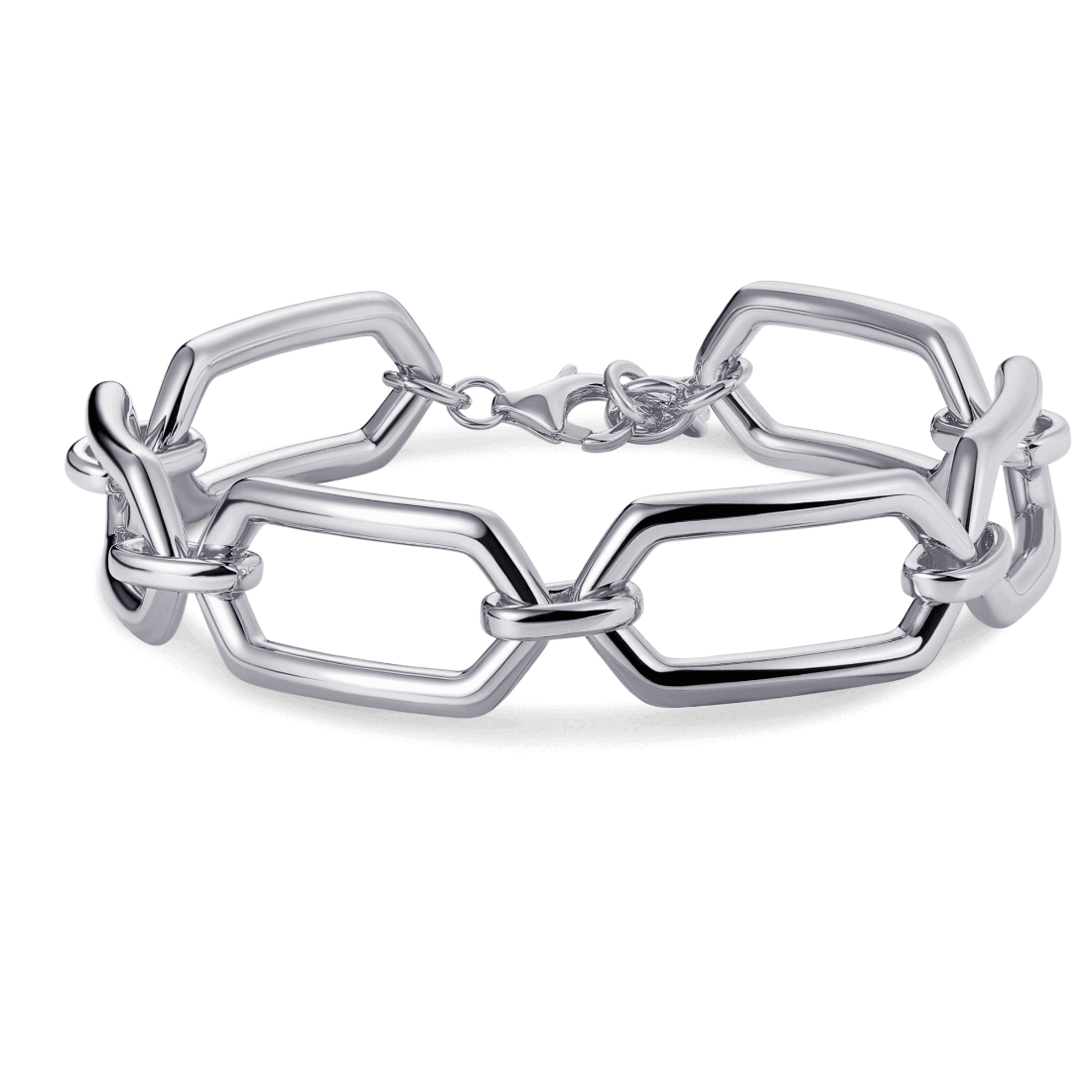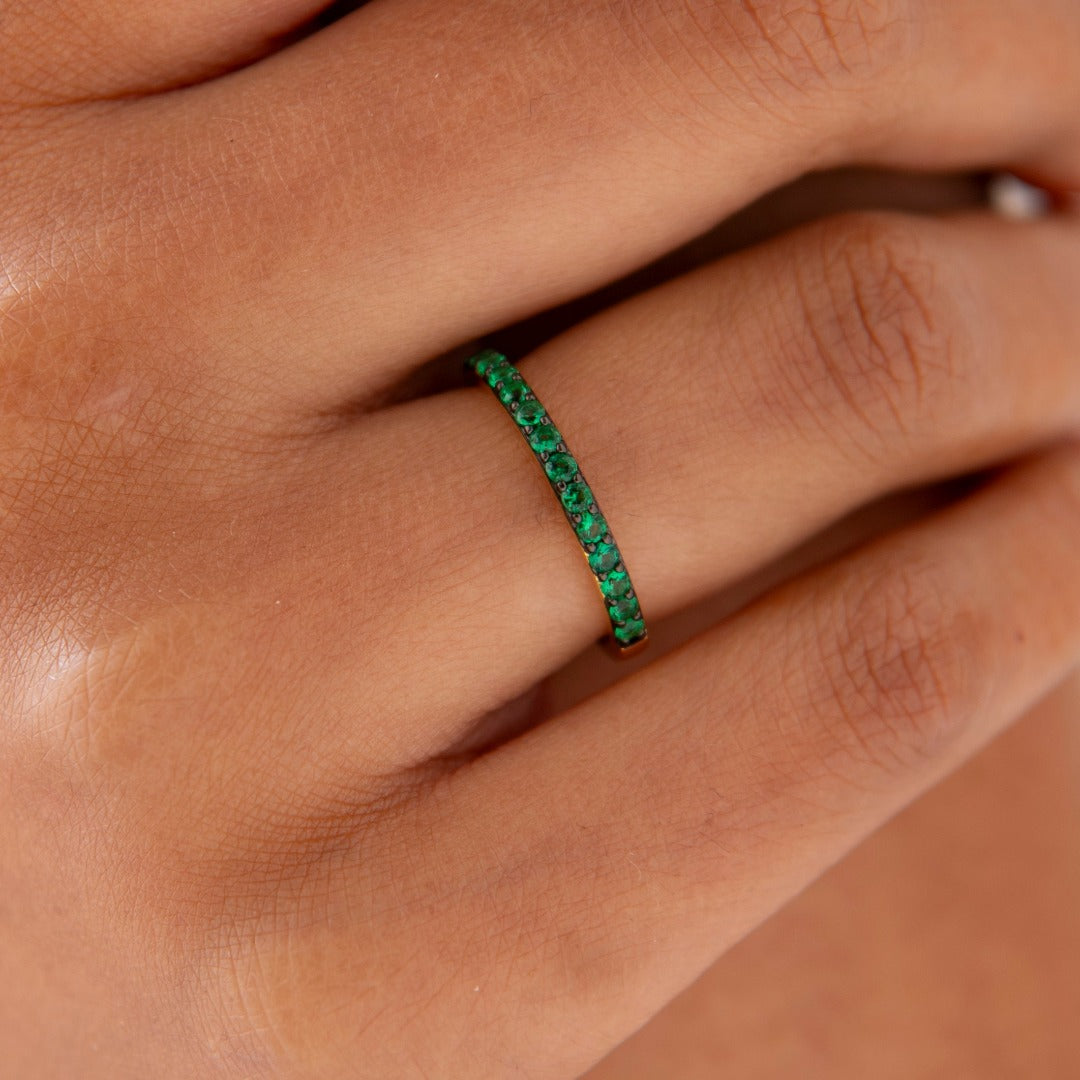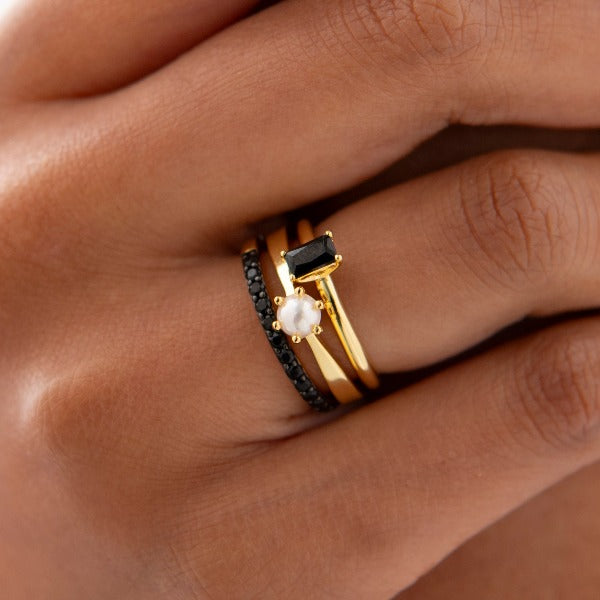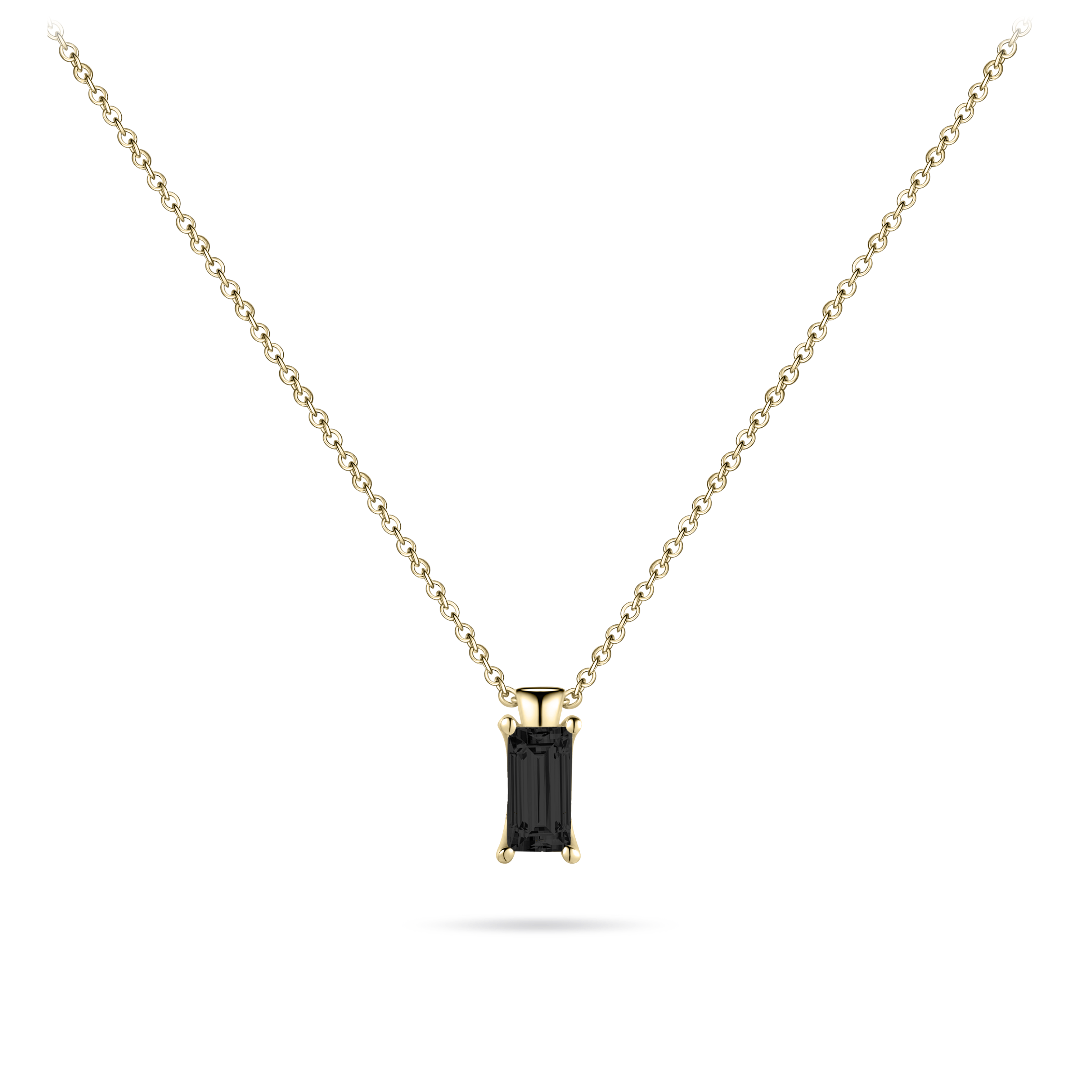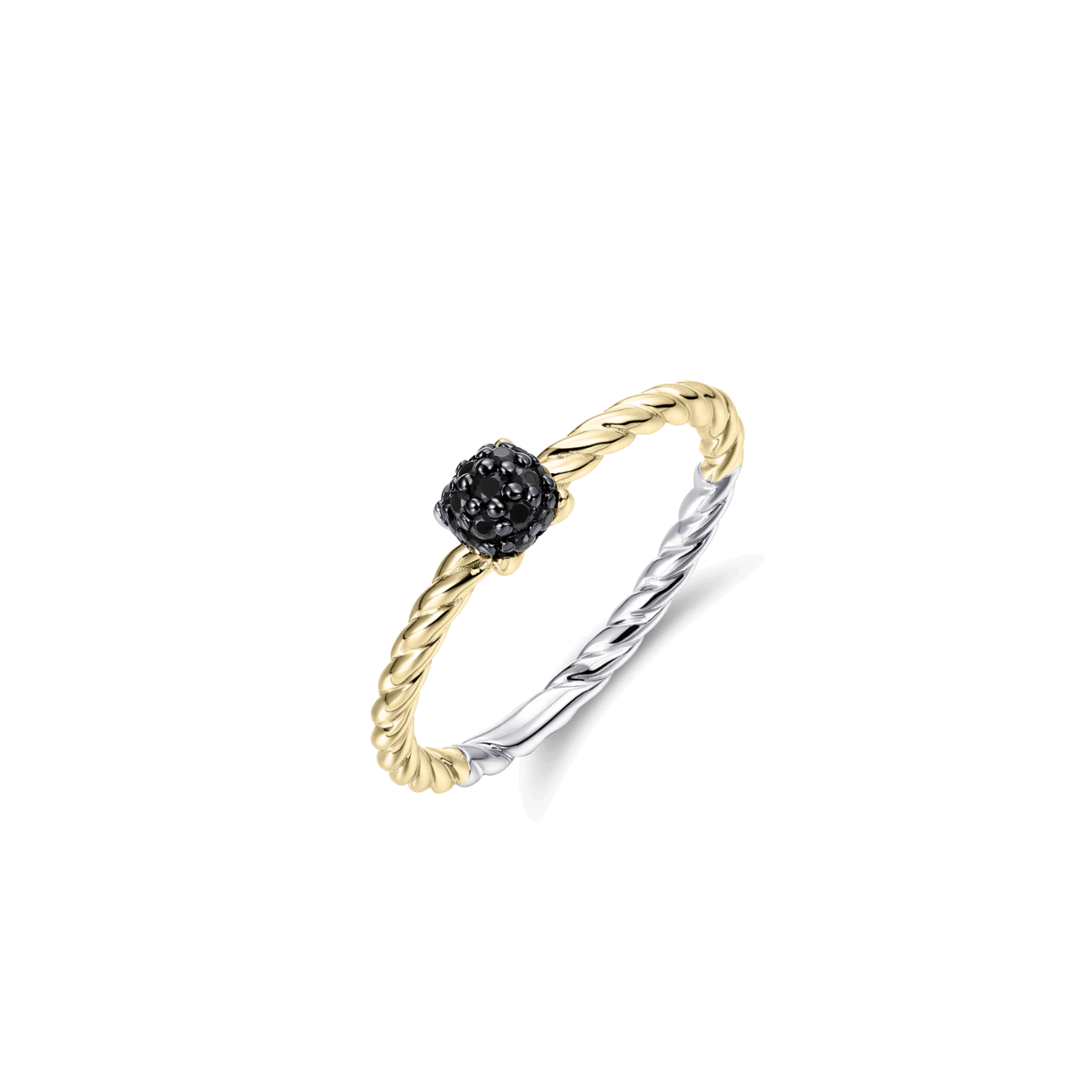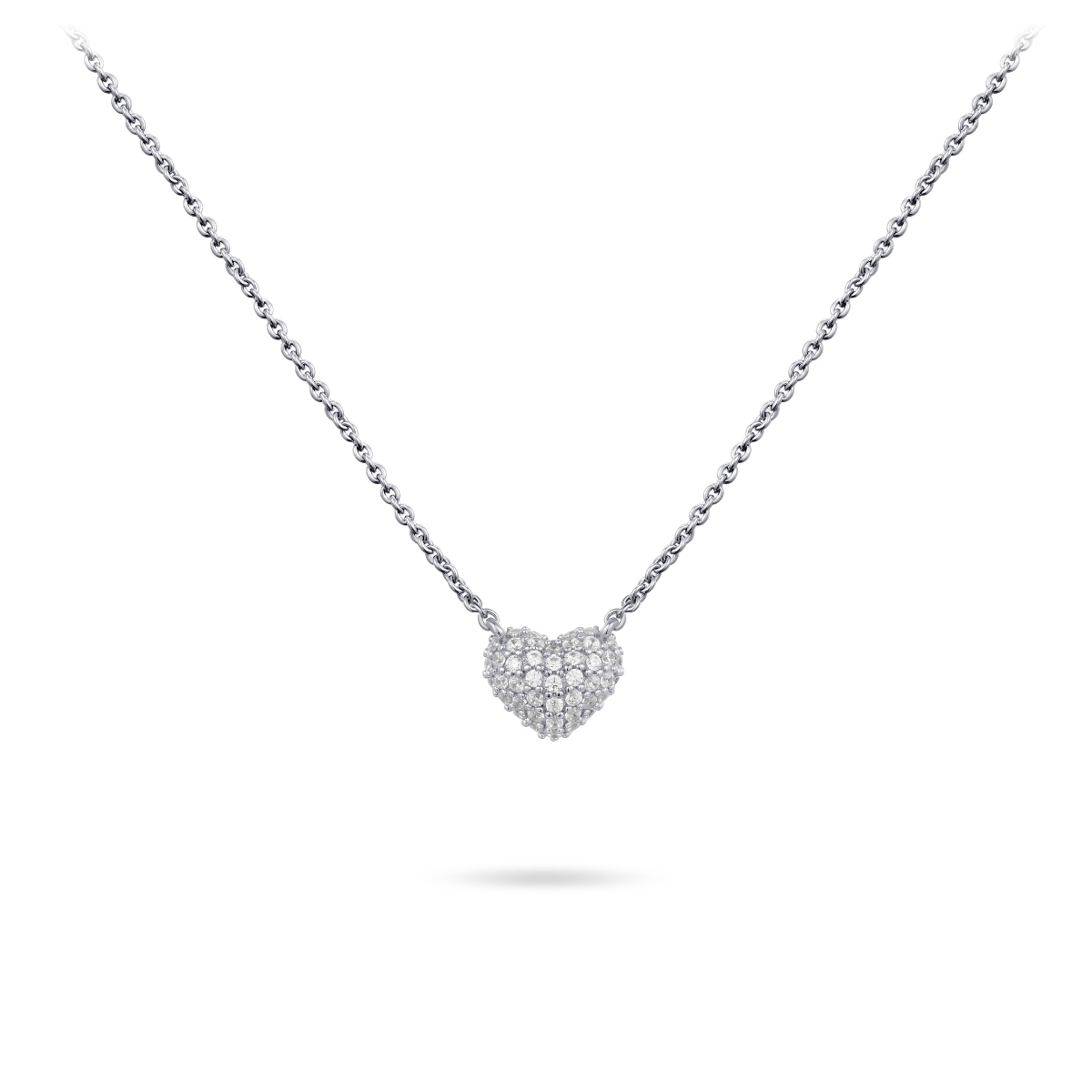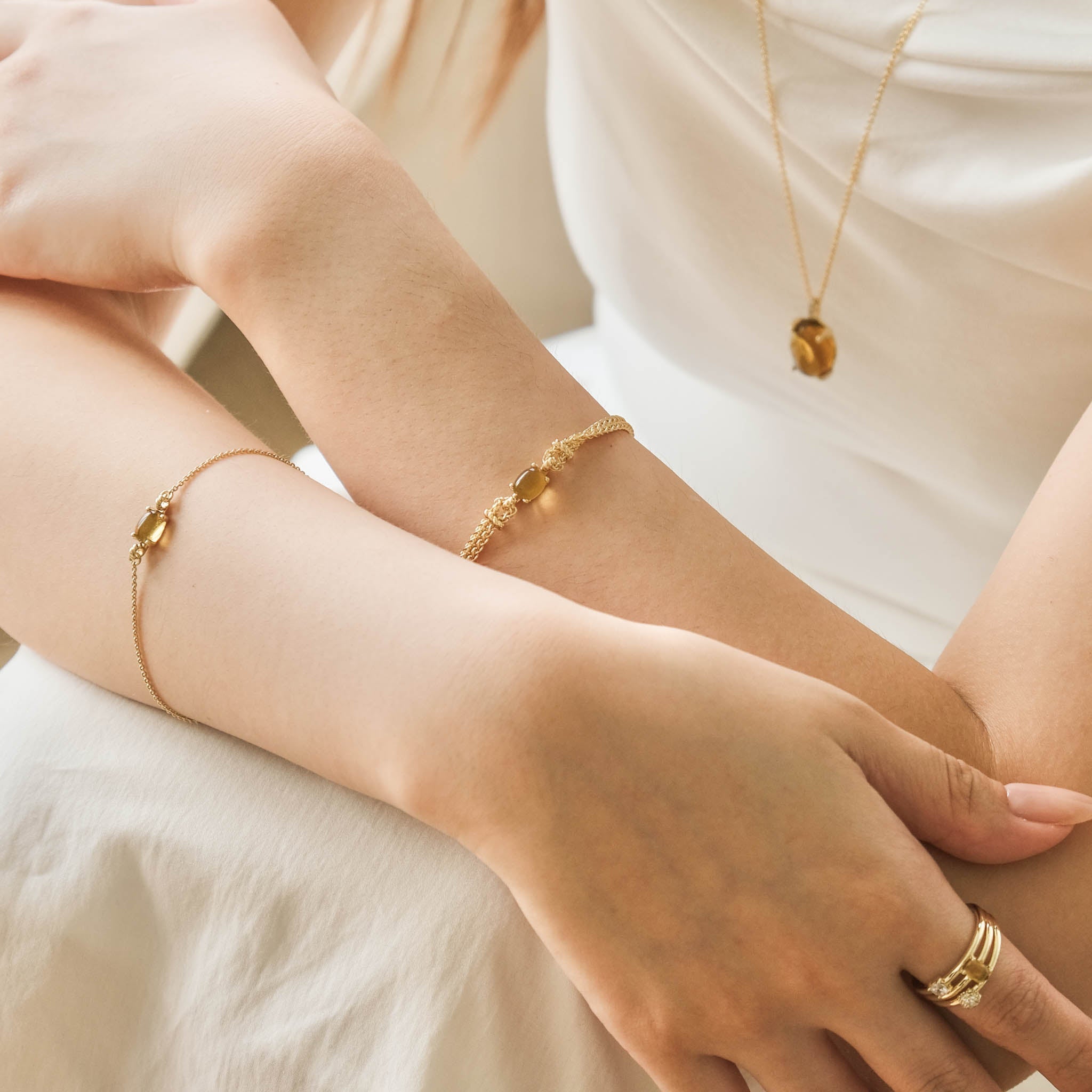The world of diamonds has undergone significant evolution in recent years, and lab-grown diamonds have emerged as a compelling alternative to natural diamonds. While both share the same chemical composition and physical properties, many people still have doubts about lab-grown diamonds being "real" diamonds. What are lab-grown diamonds, and should you choose these gemstone pieces vs. natural diamonds?
What is a Lab-Grown Diamond?
A lab-grown diamond is a genuine diamond created in a controlled laboratory environment using advanced technological processes that replicate the natural conditions under which diamonds form in the Earth's mantle. These diamonds possess the same chemical structure, physical properties, and optical characteristics as natural diamonds.

Unlike other lab-grown gemstones like cubic zirconia or moissanites, lab-grown diamonds are “real”, as they also have natural diamond composition and characteristics, such as carbon crystal structures, created through human innovation rather than geological processes.
The only difference is that while natural diamonds need billions of years to form beneath the Earth's mantle, lab-grown diamonds are made with 2 methods: High Pressure-High Temperature (HPHT) and Chemical Vapor Deposition (CVD). Both processes start with a tiny diamond "seed" and use a controlled environment to crystallize carbon atoms, with HPHT mimicking Earth's natural conditions by applying immense heat and pressure, and CVD creating a diamond from carbon-rich gases.
Are Lab-Grown Diamonds Real?
Absolutely. Lab-grown diamonds are 100% real diamonds. They consist of pure carbon atoms arranged in the characteristic diamond crystal structure, making them chemically, physically, and optically identical to natural diamonds.
When you hold a lab-grown diamond, you're holding a genuine diamond that will last forever. It has the same hardness (10 on the Mohs scale), brilliance, fire, and sparkle as any diamond pulled from the earth. Even expert gemologists require specialized equipment to distinguish between lab-grown and natural diamonds because they're essentially the same at a molecular level.
How Lab-Grown Diamonds Are Made?
Lab-grown diamonds are created in a laboratory instead of being mined from the ground. Despite their differing origins, they are real diamonds that are optically identical to mined diamonds. The two primary methods of growing diamonds are:
HPHT Lab Grown Diamonds
High Pressure High Temperature (HPHT) technology mimics the natural diamond formation process by subjecting carbon to extreme pressure and temperature. In this method, a small diamond seed is placed in pure carbon and exposed to pressures of about 1.5 million pounds per square inch and temperatures exceeding 2,700 degrees Fahrenheit.
Under these intense conditions, the carbon melts and begins to form a diamond around the seed. As the process continues, the diamond grows larger, eventually producing a rough diamond that can be cut and polished just like a natural stone. HPHT diamonds often exhibit exceptional color and clarity, making them highly sought after for fine jewelry.
CVD Lab Grown Diamonds
Chemical Vapor Deposition (CVD) represents a more modern approach to diamond creation. This method begins with a thin diamond seed placed in a sealed chamber filled with carbon-rich gases, typically methane. The chamber is heated to around 1,500 degrees Fahrenheit, and the gases are ionized into plasma using microwaves or other energy sources.
As the molecular bonds in the gases break apart, pure carbon atoms settle onto the diamond seed, building up layer by layer. This process allows for exceptional control over the diamond's characteristics and typically produces Type IIA diamonds – the purest type of diamond, which accounts for less than 2% of natural diamonds.
What Makes Lab-Grown Diamonds Better than Mined Ones?
One of the main advantages of lab-grown diamonds is that they are more environmentally friendly than mined diamonds. Diamond mining negatively impacts the environment, causing soil erosion, water pollution, and habitat destruction. On the other hand, lab-grown diamonds are produced in a controlled environment with minimal environmental impact.
Identical Look, More Affordable
Lab-grown diamonds offer the same stunning appearance as natural diamonds but at a fraction of the cost. You can typically save 40 - 60% compared to natural diamonds of equivalent quality, appearance, and scintillation.
More Sustainable
The environmental impact of lab-grown diamonds is significantly lower than traditional diamond mining. Creating diamonds in a laboratory eliminates the need for large-scale mining operations that disturb ecosystems, displace wildlife, and leave lasting scars on the landscape.
Lab-grown diamonds require less water, produce fewer carbon emissions, and don't contribute to habitat destruction or soil erosion. For environmentally conscious consumers, choosing lab-grown diamonds represents a way to enjoy luxury while minimizing your ecological footprint.
Formation Time is Quicker than the Natural Diamonds
While natural diamonds take billions of years to form under the Earth's surface, lab-grown diamonds can be created in just weeks. This dramatically shorter formation time means a more accessible supply without depleting natural resources or waiting for geological processes to unfold.
Lab-Grown vs. Natural Diamonds Differences
| Aspect | Lab-Grown Diamonds | Natural Diamonds |
|---|---|---|
| Origin | Created in a laboratory | Formed deep within Earth's mantle |
| Formation Time | Weeks to months | Billions of years |
| Chemical Composition | Pure carbon (identical to natural) | Pure carbon |
| Physical Properties | Same hardness, brilliance, and durability | Same hardness, brilliance, and durability |
| Price | 40-60% less expensive | Higher price point |
| Environmental Impact | Lower carbon footprint, minimal land disruption | Requires mining, larger ecological footprint |
| Certification | Graded by GIA, IGI (same standards) | Graded by GIA, IGI |
| Appearance | Visually identical | Visually identical |
| Availability | Consistent supply | Dependent on mining operations |
Shop Lab-Grown Diamond Collections from Gisser Jewels
Giser has made it possible to reduce the price even further, with a silver pendant and a lab-grown diamond for just €29.99. The reason this is possible, that the price is primarily determined by the materials used in the jewelry and the craftsmanship, not just by the diamond itself.
The high prices of many diamond jewelry pieces are mainly due to the fact that they are almost always set in gold, not silver. That's why you rarely see a silver pendant with a diamond for such a low price. Setting a diamond in silver is not only much more affordable but often also simpler than in gold.


